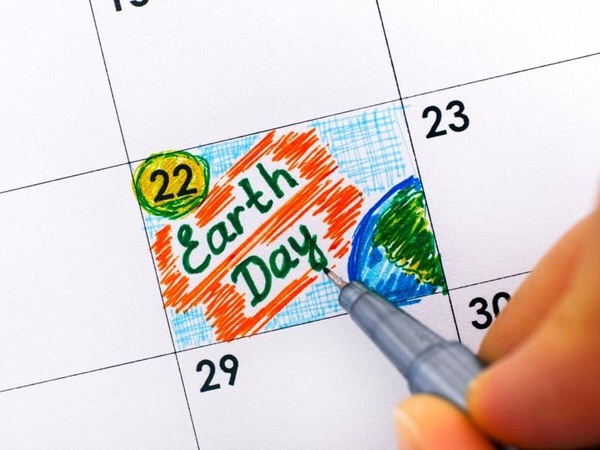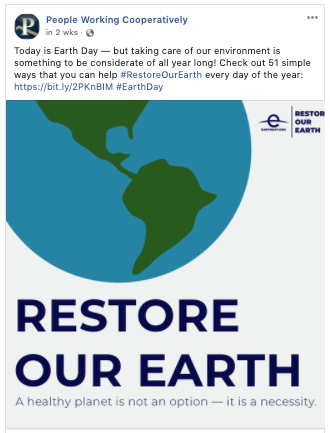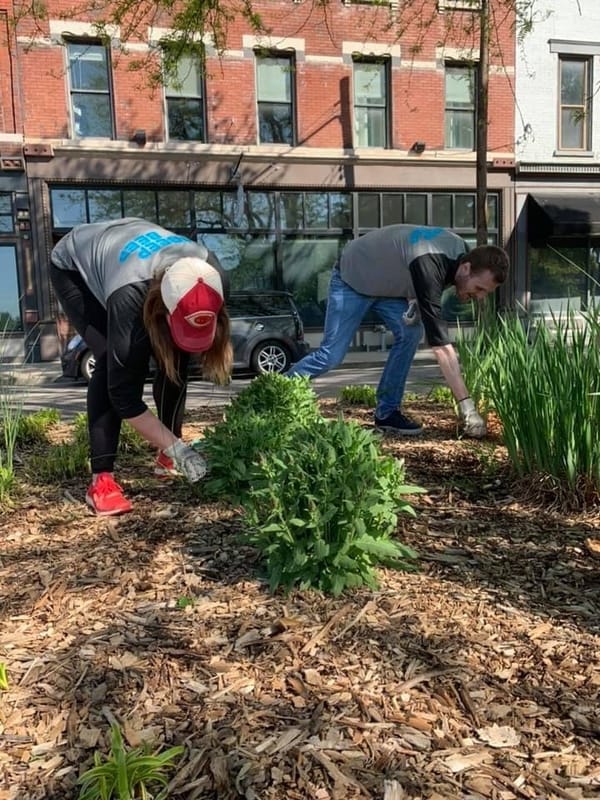 Earth Day is right around the corner, bringing with it a great opportunity to spotlight your organization’s commitment to building a more sustainable future. In fact, it is estimated that Earth Day engages more than 1 billion people across the world every year, inviting participation from organizations both large and small.
Earth Day is right around the corner, bringing with it a great opportunity to spotlight your organization’s commitment to building a more sustainable future. In fact, it is estimated that Earth Day engages more than 1 billion people across the world every year, inviting participation from organizations both large and small.
If your company is hosting a volunteer event tied into Earth Day, here are a few important considerations to remember as you craft your communications plan:
1. Set Goals and Objectives
Whether your Earth Day event will involve planting trees at your local park, picking up trash around your school, organizing a recycling drive, or building a neighborhood garden, it’s essential to identify your goal for hosting the event, as well as what is needed to reach that goal. Setting realistic goals and having a clear plan for the event will help with your communication strategy, allowing you to determine the most important messages to share as part of the plan.
2. Determine Your Target Audiences and Channels of Communication

After establishing the goals for your event, it’s time to carefully think through the audiences you’d like for your communication plan to reach — including how you’ll recruit volunteers for the event. For some audiences, a simple post on Facebook may do the trick, but a wider net may need to be cast for others. There are many avenues for disseminating information and understanding where your audiences can help you determine the best ways to reach them.
For example, if your organization plans to host a city-wide clean-up for a weekend, your communication strategy may be a bit more robust — including a press release announcing the event, email communications to past volunteers, and paid social media posts to promote volunteer signups. However, if your organization is a school hosting a private volunteer event just for students and staff members, your communication strategy might be as simple as hanging flyers up around the school.
3. Identify Tactics and a Timeline for Distributing Them
Once you determine your communication channels and who you are targeting, it’s time to develop a list of the materials needed to help spread the word about your event. This may come in the form of a press release and media alert, graphics and flyers, a full-blown website, or a combination of all of these. Take the time to write out a list of things that you will need, who will be in charge of executing each individual item, and when the task needs to be completed.
Keep in mind that different tactics have different lead times in terms of when to distribute them. For example, while you should send a press release at least a week before an event, a media alert can be most effective when sent three days before. Establishing proper timelines can be an effective way to organize what needs to be done first.
4. Don’t Forget About Internal Communications
External communications are vital to generating interest in your event, but internal communications — for example, to registered volunteers or employees within your organization — should not be overlooked. Provide all of the information that a volunteer needs to successfully participate in your Earth Day initiative. A confirmation email is a great way to thank volunteers for participating while also providing all of the details they need in one simple communication. (We suggest limiting your confirmation email to include the “who,” “what,” “where,” “when,” and “why” of your event, keeping your communication concise and easy to understand.)
5. Communicate and Celebrate Your Success

Your event concludes, and it was a success — congratulations! Now it’s time for one of the most critical parts of the communication plan: the thank you message that you’ll send to those who participated in your event. Taking the time to communicate what your supporters helped you accomplish speaks volumes. Communicate directly to your volunteers via email, and be sure to speak about the successes of your Earth Day event in your company’s newsletters and on its social media channels, too.
Depending on the scale and success of your event, it may also be worth your time to send out a post-event press release to local media, announcing the goals your event reached and what it means for your organization or cause. Remember, the media loves to cover “good news” stories like these!
6. Stay in Touch Throughout the Year
Although Earth Day only comes once a year, sending quick updates and reminders about your upcoming events is a great way to keep your organization top of mind. Highlighting the planning progress or sharing significant updates about next year’s event can help to energize your supporters and create hype for your event long before Earth Day rolls around again.
Now that you’ve mastered the art of Earth Day communications, it’s time to get out there and do some good for the world!
Want to learn more? Don’t miss our “Tips for Making Your Event a Media Relations Success,” then check out “5 Ideas for Promoting Your Nonprofit Event on Social Media.”


